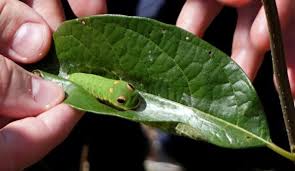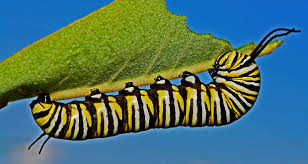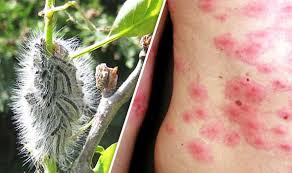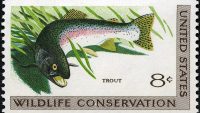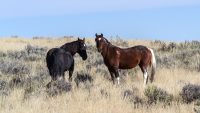Did you know the 10 interesting Facts about Caterpillars ?Caterpillars are the larval stage of members of the order Lepidoptera (the insect order comprising butterflies and moths).As with most common names, the application of the word is arbitrary and the larvae of sawflies commonly are called caterpillars as well.Both lepidopteran and symphytan larvae have eruciform body shapes.Caterpillars of most species are herbivorous (folivorous), but not all; some (about 1%) are insectivorous, even cannibalistic.
Lets check out the 10 interesting Facts about Caterpillars .
Facts about Caterpillars 1:Etymology
he origins of the word “caterpillar” date from the early 16th century. They derive from Middle English catirpel, catirpeller, probably an alteration of Old North French catepelose: cate, cat (from Latin cattus) + pelose, hairy (from Latin pilōsus)
Facts about Caterpillars 2: Camouflage
Caterpillars Camouflage
Many caterpillars are cryptically colored and resemble the plants on which they feed. An example of caterpillars that use camouflage for defence is the species Nemoria arizonaria
Facts about Caterpillars 3: Aposematic Colors
The appearance of a caterpillar can often repel a predator: its markings and certain body parts can make it seem poisonous, or bigger in size and thus threatening, or non-edible. Some types of caterpillars are indeed poisonous or distasteful and their bright coloring is aposematic.
Facts about Caterpillars 4:Chemical Defenses
More aggressive self-defense measures are taken by some caterpillars. These measures include having spiny bristles or long fine hair-like setae with detachable tips that will irritate by lodging in the skin or mucous membranes
Facts about Caterpillars 5:Social Defense
Some caterpillars obtain protection by associating themselves with ants. The Lycaenid butterflies are particularly well known for this. They communicate with their ant protectors by vibrations as well as chemical means and typically provide food rewards
Facts about Caterpillars 6:Rapid Eating
Caterpillars Rapid Eating
Caterpillars have been called “eating machines”, and eat leaves voraciously. Most species shed their skin four or five times as their bodies grow, and they eventually enter a pupal stage before becoming adults
Facts about Caterpillars 7:Speeding Growth
Caterpillars grow very quickly; for instance, a tobacco hornworm will increase its weight ten-thousandfold in less than twenty days. An adaptation that enables them to eat so much is a mechanism in a specialized midgut that quickly transports ions to the lumen (midgut cavity)
Facts about Caterpillars 8:Food Type
Most caterpillars are solely herbivorous. Many are restricted to feeding on one species of plant, while others are polyphagous. Some, including the clothes moth, feed on detritus. Some are predatory, and may prey on other species of caterpillars .Others feed on eggs of other insects, aphids, scale insects, or ant larvae. A few are parasitic on cicadas or leaf hoppers Some Hawaiian caterpillars use silk traps to capture snails.
Facts about Caterpillars 9:Economic effects
Caterpillars cause much damage, mainly by eating leaves. The propensity for damage is enhanced by monocultural farming practices.Some caterpillars are used in industry. The silk industry is based on the silkworm caterpillar.
Facts about Caterpillars 10:Human Health
Caterpillars and Human Health
Caterpillar hair can be a cause of human health problems. Caterpillar hairs sometimes have venoms in them and species from approximately 12 families of moths or butterflies worldwide can inflict serious human injuries ranging from urticarial dermatitis and atopic asthma to osteochondritis, consumption coagulopathy, renal failure, and intracerebral hemorrhage.
I hope you like the 10 interesting Facts about Caterpillars .
